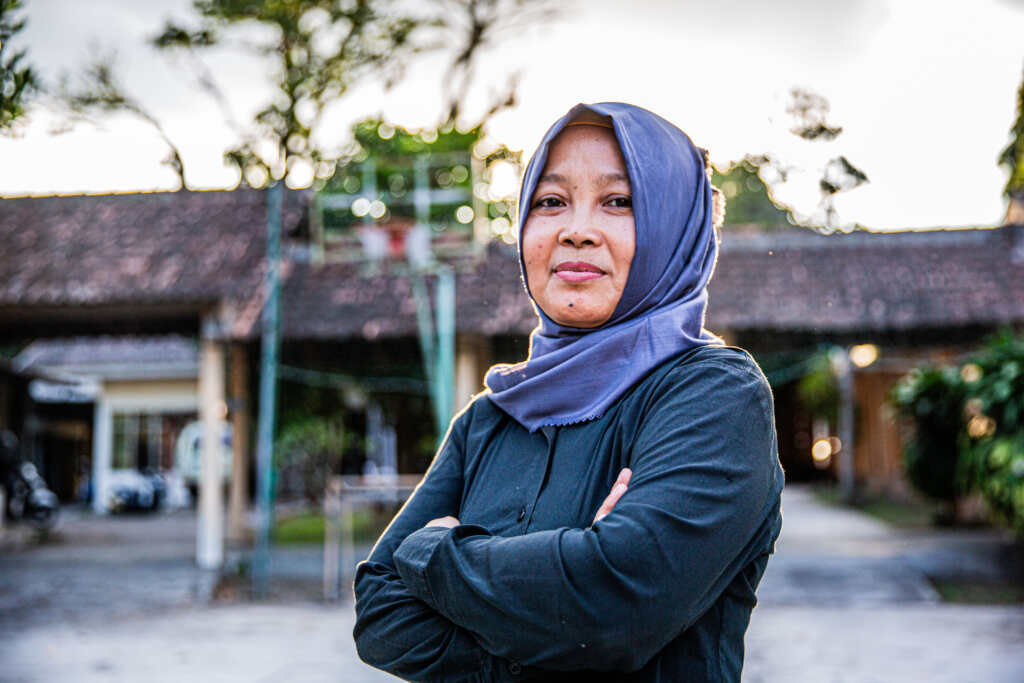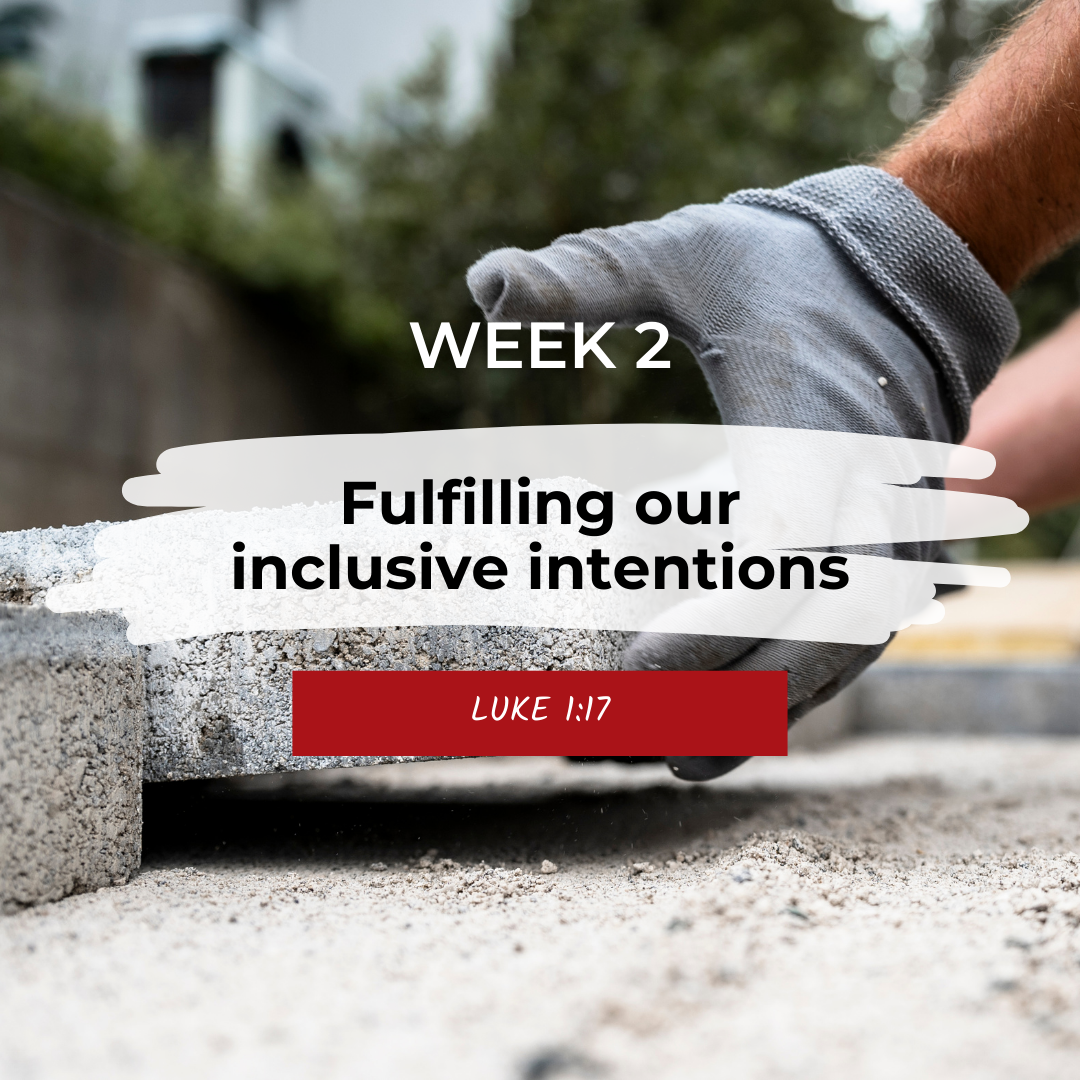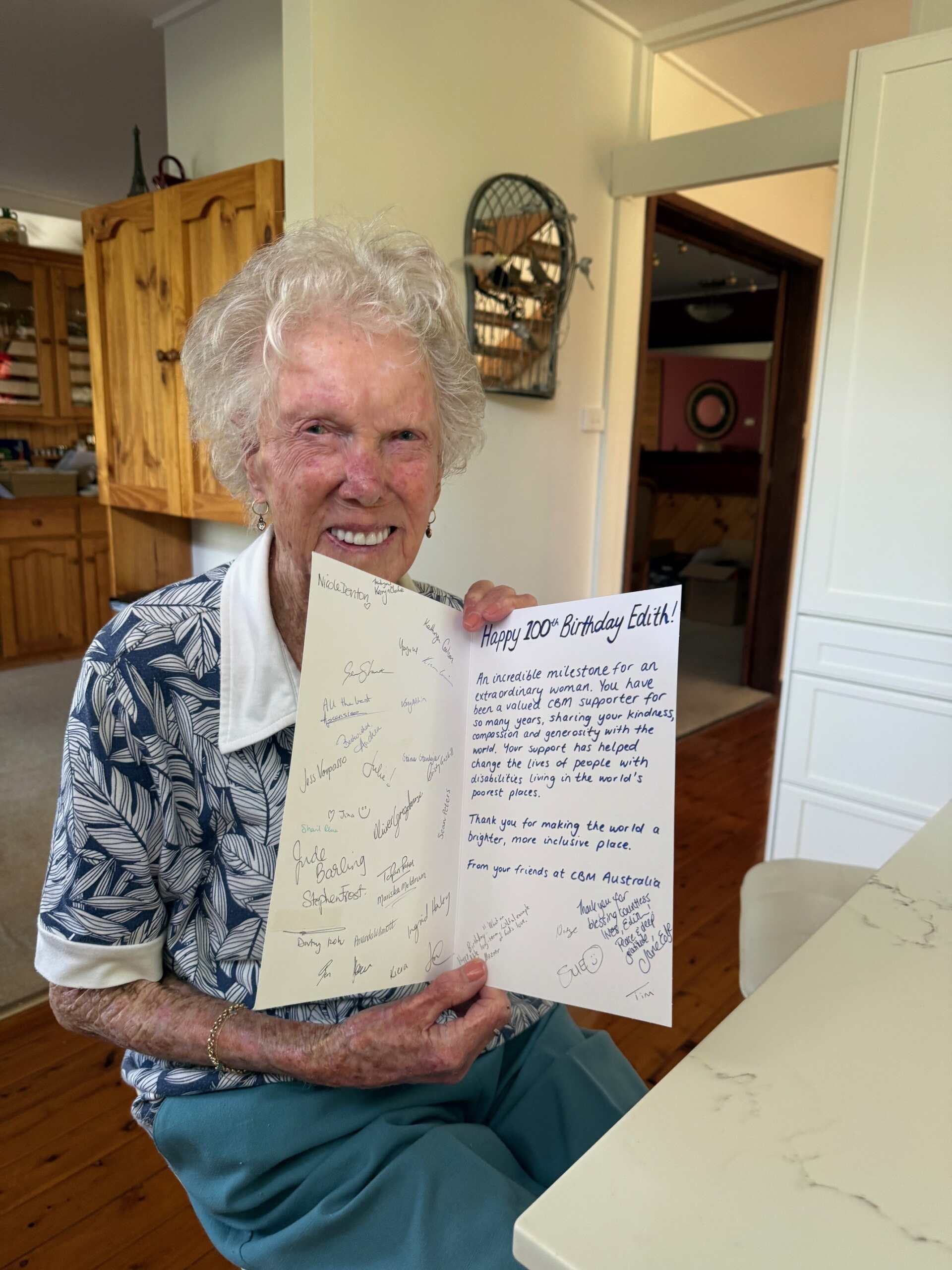Disability and female leadership: grassroots advocacy in Indonesia
Idpd-case-studies, Stories | November 15, 2023
Women with disabilities are among the most marginalised groups in the world. They are at greater risk of forced marriage, sterilisation, and institutionalisation. Women with disabilities are less likely to complete a primary school education, and subsequently, have less access to employment opportunities than women without disabilities.
Inside the home and within their communities, women with disabilities are 2-4 times more likely to experience domestic and family violence than those without a disability and face significant barriers to accessing justice.
The barriers facing women and girls with disabilities are stark. Within their own communities, discrimination, disempowerment, and harassment is too often commonplace.

Kurniati, who goes by Nia, is a 48-year-old woman from Yogyakarta, who works for YAKKUM Rehabilitation Centre assisting people with disabilities. As a woman with a disability, Nia knows first-hand the stigma women with disabilities experience.
“There are actually a lot of challenges that women with disability have faced. Especially against the stigma that often comes from their partners or their environment,” Nia says, “before they come to YAKKUM Rehabilitation Centre and get some skill training, they faced a lot of stigma and stereotypes, mostly from people in their community.”
“So, from what I do, from my participation in the disability community, I am more aware of the things that need to be emphasised here to help women with disability.
They need to know how to advocate their rights against sexual harassment, because that’s what they often face. So, it’s really important for them to know where to seek help.”
Despite the stark evidence about the situation and experiences for women with disabilities, they are too often left out of policy and program responses that aim to support either women, or people with disabilities. Women with disabilities are not specifically identified within the Sustainable Development Goals and are under-represented at all levels. But, if we are to achieve disability equity, and the global goals, then the promotion of gender equality and empowerment of women with disabilities is essential.
“Now, we are working on the advocacy to fulfil the rights of women with disability as a victim, especially to encourage them to be brave enough to say no to sexual harassment. Say no to sexual harassment to women with disabilities. Nothing without us.”
Nia, and countless other women like her, are leading the way in creating the space necessary to achieve equity and inclusion for women and girls with disabilities.
The conversation must continue to evolve to ensure women and girls with disabilities have their voices heard, are seen, and accounted for throughout all aid and development work.
This case study was written for International Day of People with Disabilities 2023. Read our other case studies on equal opportunity, how pre-conditions for inclusion changed the life of one young man in Fiji, and disability and the climate crisis.
https://www.cbm.org.au/stories/disability-and-female-leadership-grassroots-advocacy-in-indonesia
Related Stories

Advent 2025: To be fulfilled
Advent is an invitation to sit with that which is spoken, but not yet fulfilled. It’s a season of reflection and preparation in the...

Edith turns 100 – A life of generosity and joy
On Saturday, 4 October, Edith’s family gathered to mark an incredible milestone in style. Surrounded by her children, grandchildren...

Advent 2025: God’s presence includes all
Reflect on how Isaiah 40’s call to ‘Prepare the Way’ invites us to remove barriers and create a community...
